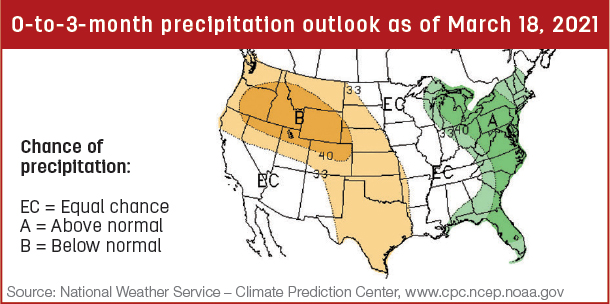Unfortunately, part of the cow-calf business is that animals sometimes die. Sometimes these deaths are the result of natural causes, and other times they are the result of an infectious disease, a nutritional issue or something else. When a death occurs, it is important to document it and keep good records, as they can be important in the future. Take pictures of any losses and good notes related to when the animal died, what you found and what may have been going on at the time.
If animals die due to a natural disaster like a wildfire, hurricane or winter storm, there may be an indemnity program through the USDA which will require good documentation. Additionally, sometimes animals may die weeks or even months apart from a related cause; good records are critical to identifying the cause and preventing additional losses.
When a single animal dies from an unknown cause, it may or may not justify an investigation into potential causes, depending on the situation. It is best to discuss with a cattle veterinarian if a necropsy or further testing is warranted with this initial death. Regardless, if a necropsy is done, keeping good records related to the death can be very useful in determining potential causes in case any future deaths occur. If any additional deaths do occur, it is critical to try to get a necropsy done on those animals if possible. While a necropsy doesn’t always pinpoint the exact problem, it can provide valuable evidence in identifying likely causes and eliminating some possibilities. To get the most out of a necropsy, it needs to be done as soon as possible after the death, so don’t delay in contacting a veterinarian.

A situation that occurs too often is: A producer loses a few animals over several days, weeks or even months – but doesn’t reach out for help until it is too late to take samples from any animals that died. These cases are much harder to figure out, and additional animals may die before potential causes can be identified and preventative measures put in place or changes made to correct the problem. Don’t wait to reach out to a veterinarian, ruminant nutritionist or other industry experts when losses occur.
Routine conversations with a veterinarian about a preventative herd health program and attending educational functions on cattle production can provide valuable information to prevent losses before they occur.








